Iran building 2,000 MW nuclear power plant in defiance of sanctions: Nuclear chief
Iran's nuclear chief says a nuclear power plant in the southwestern province of Khuzestan aims to generate 2,000 megawatts of electricity, defying decades of sanctions that have targeted the country's peaceful nuclear program.
Head of the Atomic Energy Organization of Iran (AEOI) Mohammad Eslami said on Friday that the Karun nuclear power plant in Darkhovein District in the Shadegan County of the southwestern province of Khuzestan will produce 300 megawatts of electricity in the preliminary phase.
He said the AEOI will simultaneously follow other phases with the purpose of making utmost use of the capacity made in Darkhovein District.
"Enemies tried to break our will through sanctions and did not cooperate with us regarding the construction of nuclear power plant even after many years," the Iranian nuclear chief said. However, he said, the organization developed the project by relying on domestic capabilities.
In December, Eslami inaugurated the construction operation of Karun, saying the government is moving towards the production of low-cost energy and fuel and the development of nuclear power plants is on the agenda of the AEOI.
According to reports, the power plant is of a pressurized water reactor (PWR) type and, with the capacity of producing 300 megawatts of electricity, it is to be built on a land of approximately 50 hectares in the vicinity of the Karun River.
In recent years, Iranian scientists have made remarkable progress in the field of peaceful nuclear technology despite the tough sanctions imposed by the West.
Elsewhere in his remarks, Eslami said global arrogance has imposed sanctions in the atomic energy sector since the victory of the 1979 Islamic Revolution in Iran to hinder the country's nuclear technology progress. He said the AEOI has in recent years decided to pursue the construction of a 360-megawatt power plant which was registered by the International Atomic Energy Agency (IAEA). Foreign firms had plans to design and build it but it was not implemented due to sanctions against Iran, he said.
Iran showed to the world the peaceful nature of its nuclear program by signing the 2015 nuclear agreement, formally known as the Joint Comprehensive Plan of Action (JCPOA), with six world states — namely the US, Germany, France, Britain, Russia and China. But, Washington’s unilateral withdrawal in May 2018 and its subsequent re-imposition of sanctions against Tehran left the future of the deal in limbo.
Negotiations between the parties to the deal kicked off in Vienna in April 2021, with the intention of bringing the US back into the deal and putting an end to its “maximum pressure” campaign against Iran.
The discussions, however, have been at a standstill since August 2022 due to Washington’s insistence on not lifting all of the anti-Iran sanctions and offering the necessary guarantees that it will not exit the agreement again.
D-8’s role in Iran’s economy after Cairo summit
China slams US as ‘war-addicted’ threat to global security
China ‘firmly opposes’ US military aid to Taiwan
VIDEO | Press TV's News Headlines
President Yoon Suk Yeol to be removed from office
At least 19 Gazans killed by Israeli airstrikes since dawn: Medics
Leader: Iran neither has nor needs proxy forces
US fighter aircraft shot down ‘in friendly fire’ amid aggression on Yemen


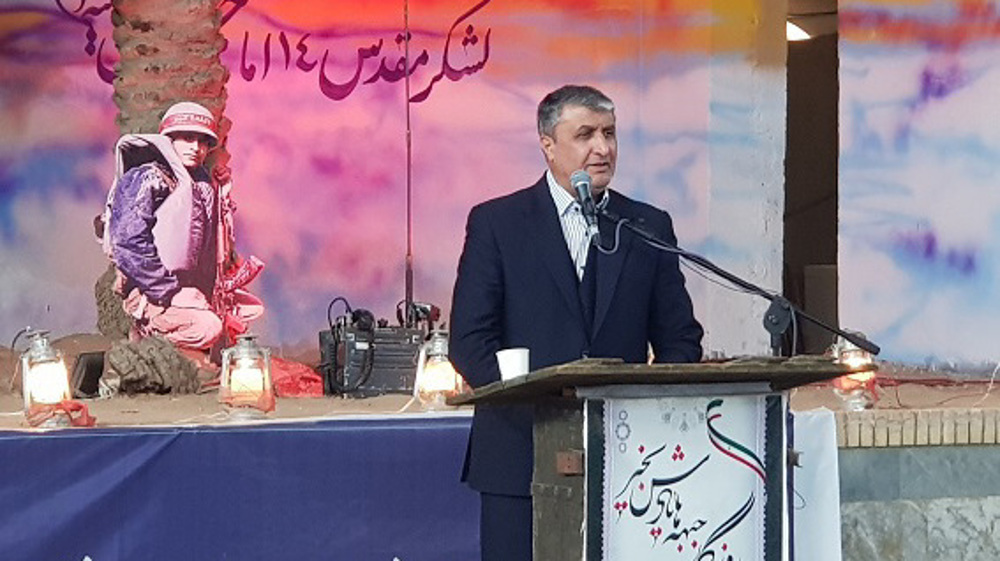
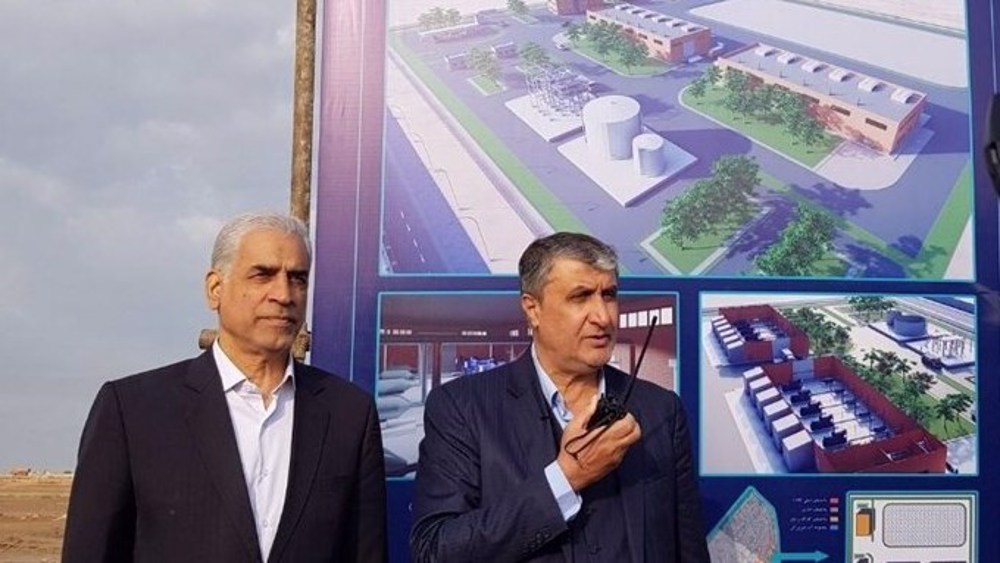
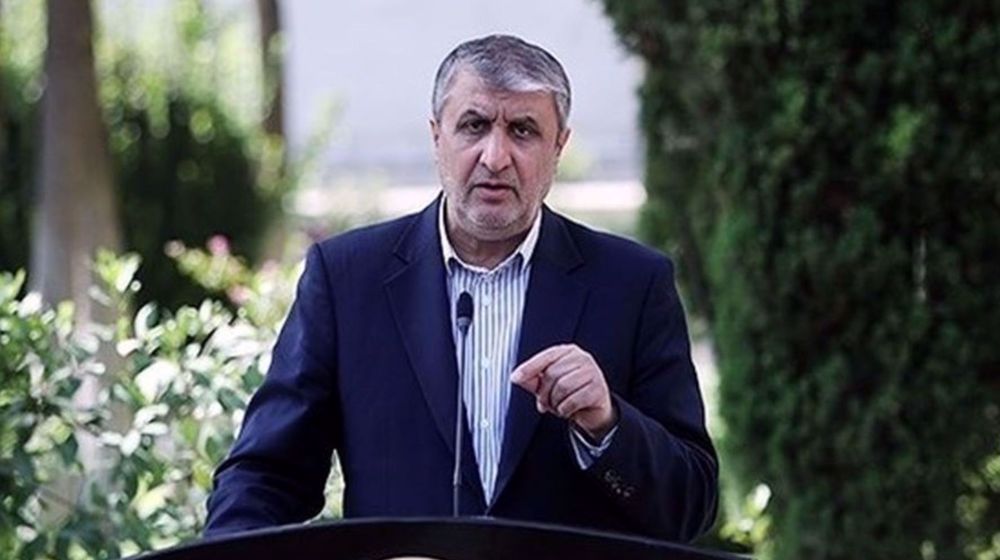
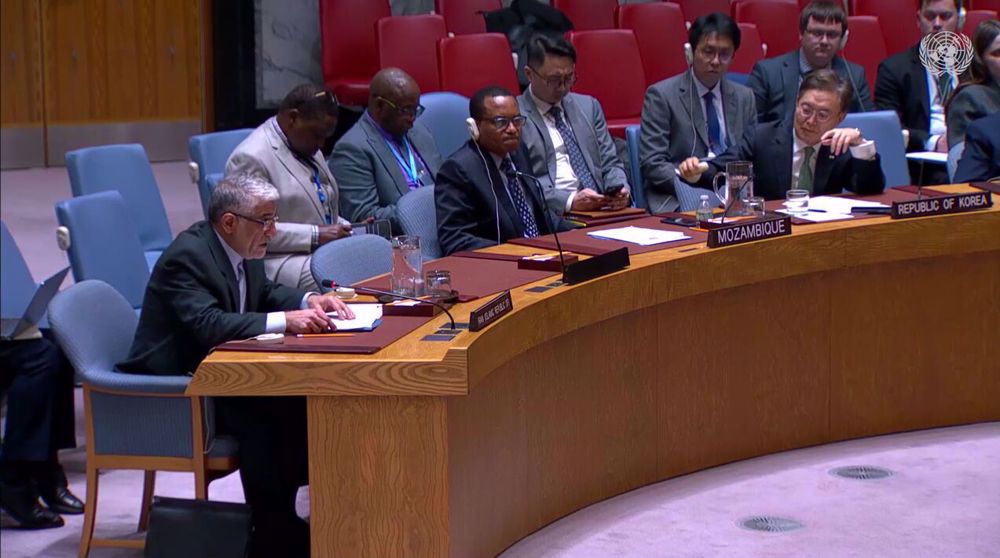
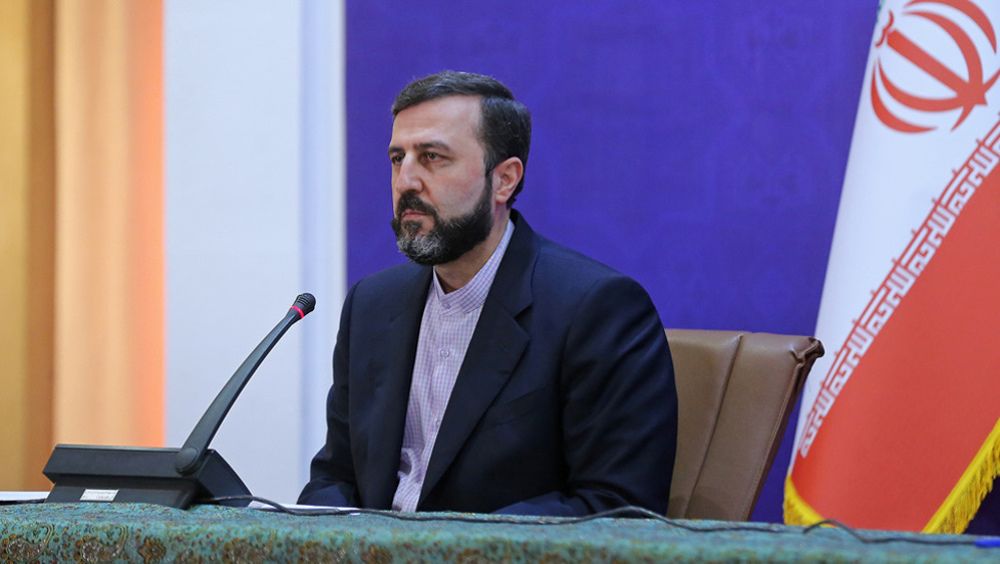



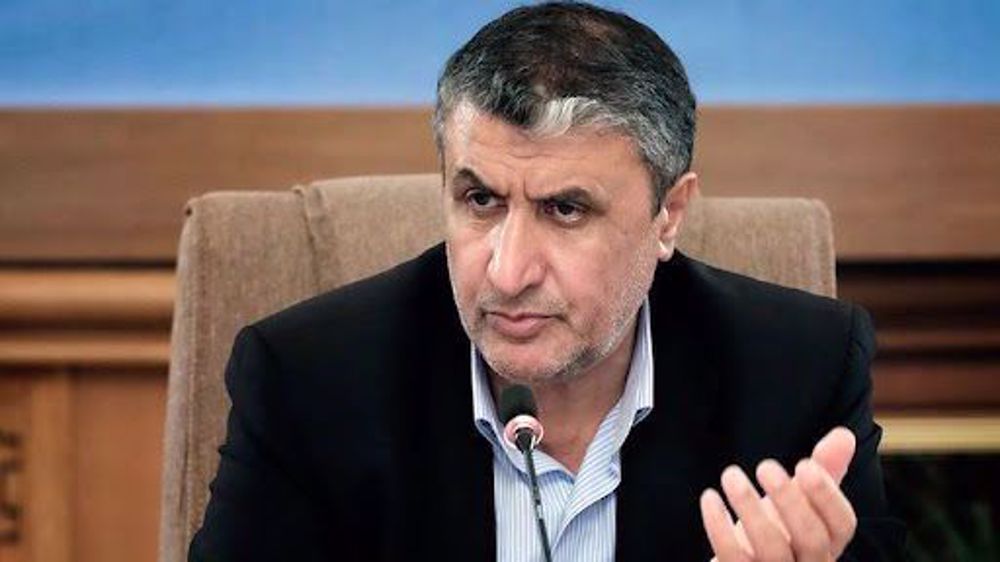
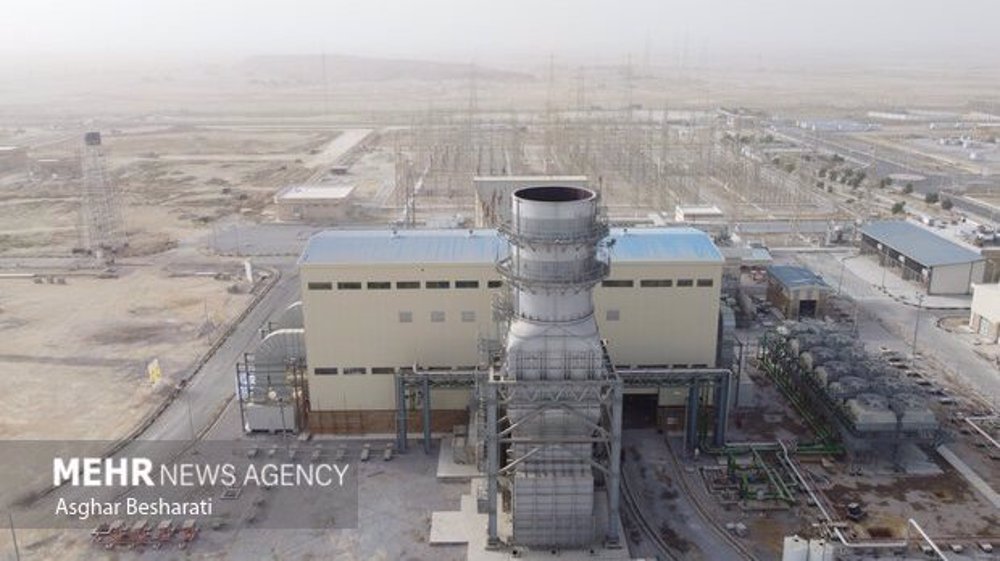

 This makes it easy to access the Press TV website
This makes it easy to access the Press TV website